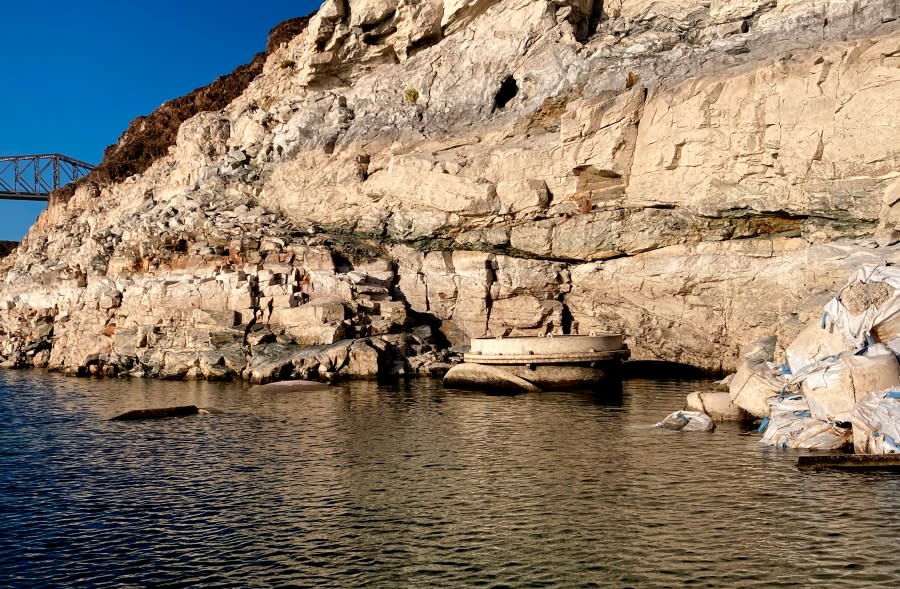
The United Nations warned on Tuesday that the two biggest water reservoirs in the United States have dwindled to “dangerously low levels” due to the impacts of climate change.
The situation has become so severe that these reservoirs, Lake Mead and Lake Powell, are on the verge of reaching “dead pool status” — the point at which water levels drop so low that downstream flow ceases, according to the U.N. Environment Program (UNEP).
Without such flow, hydroelectric power stations would cease to operate, jeopardizing the electricity supply for millions in the region, a statement from the agency said.
“The conditions in the American West, which we’re seeing around the Colorado River basin, have been so dry for more than 20 years that we’re no longer speaking of a drought,” said Lis Mullin Bernhardt, an ecosystems expert at UNEP.
“We refer to it as ‘aridification’ — a new very dry normal,” Bernhardt added.
The Colorado River system supplies water to more than 40 million people and irrigates about 5.7 million acres of agriculture. The system serves seven states — Colorado, New Mexico, Utah, Wyoming, Arizona, Nevada and California — as well as Mexico.
Scientists have already estimated that Lake Mead and Lake Powell, which are fed by the river, will plunge to 25 percent of their capacity by the end of this year.
Meanwhile, only about 10 percent of the Colorado River’s natural flow, which has been heavily diverted throughout history along its 1,400-mile course, now reaches Mexico.
As the Western water crisis continues to deepen, water cuts will be introduced throughout the region, but experts warn that these actions may not be enough, according to UNEP.
“While regulating and managing water supply and demand are essential in both the short and long term, climate change is at the heart of this issue,” Maria Morgado, UNEP’s ecosystems officer in North America, said in a statement.
“In the long term we need to address the root causes of climate change as well as water demands,” Morgado added.
The combined impacts of climate change and overconsumption have exacerbated the crisis, as frequent droughts and temperature rises confront an expanding population, the UNEP statement said.
While the situation may be dire in the American West, the agency stressed that what is happening in the region is indicative of a wider global trend.
Across the world, hundreds of millions of people are impacted by climate change as drought and desertification become “the new normal,” according to UNEP.
“We are talking about a 20-year period of drought-like conditions with an ever-increasing demand on water,” Bernhardt said. “These conditions are alarming, and particularly in the Lake Powell and Lake Mead region, it is the perfect storm.”
For the latest news, weather, sports, and streaming video, head to The Hill.




